Early Modern (1450 CE - 1800 CE)
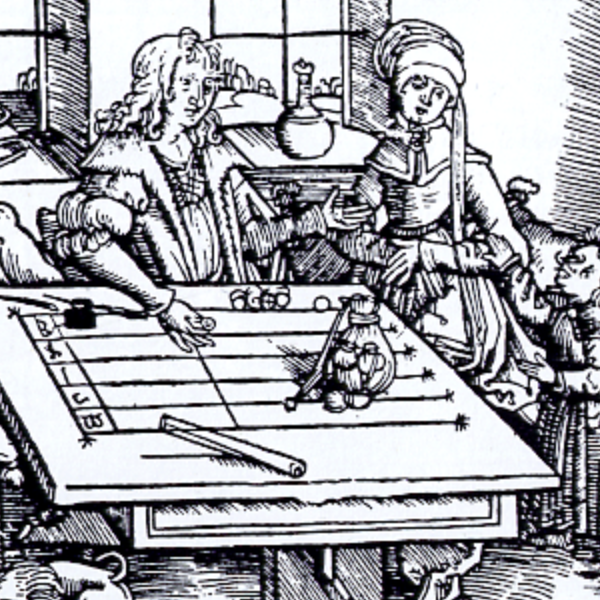
Engraving of a Rechentisch (Counting Board)
This image of an engraving depicts a man using a rechentisch, or counting board, the earliest known counting device and a precursor the abacus. The earliest known counting board is the Salamis Tablet, dating from 300 BCE, but may have been used more for gaming than for calculating.
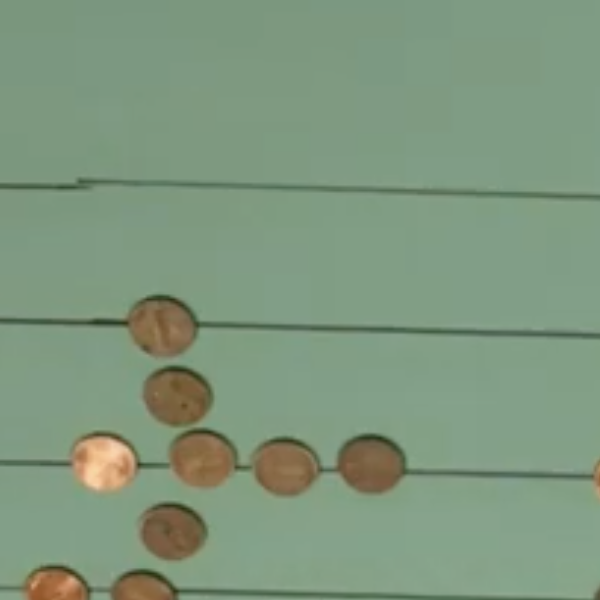
Adding and Subtracting with an Early Modern Counting Board
Before the rise of literacy rates, counting boards such as the one featured in the video were the most common way to perform arithmetic. After pen-and-paper arithmetic replaced counting boards, Arabic numerals also became dominant throughout Europe.

Short Teaching Module: Building Materials as an Indicator of Transnational Encounters in Malaysia
Building materials are an important component of construction. The characteristics of each material determine the properties of a structure that can be built.
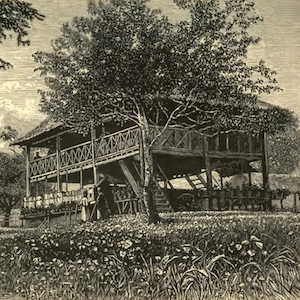
British Police Station, Rasah, Malaysia
Many of the earliest British buildings in the Malay Peninsular were inspired by contemporary Malay structures. Most of these buildings do not exist anymore because they were built to serve temporary functions and were eventually replaced by permanent structures once masonry became available.
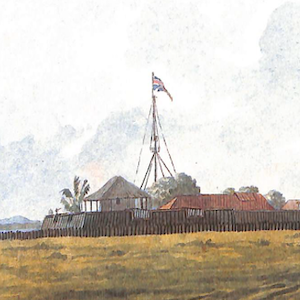
Wooden Stockade on Penang Island, 18th century
This stockade was painted by Captain Elisha Trapaud in 1787 and the painting is preserved in the India Office Library in London.
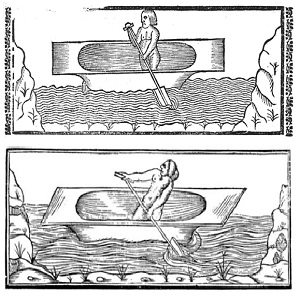
2 Prints of a Sole Amerindian in a Canoe
These images of a man in a canoe come from the work of the Spanish official, historian, and botanist Gonzalo Fernandez de Oviedo (1478-1557), who created many images of Amerindians while he was in the Caribbean during the 1520s.
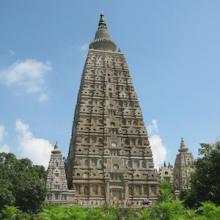
Analyzing Travel Records
In a way, all historical thinking and all historical writing deal with travel accounts.
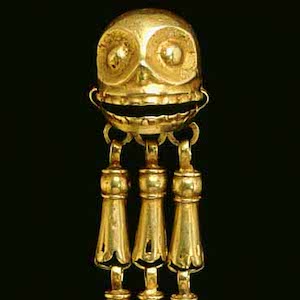
Aztec Skull Earring, 16th Century
Featured in this image is a pair of Skull Earring created by the Aztec. They were believed to have been created around the time of the Spanish conquest of the Aztec Empire beginning in the early 16th century.
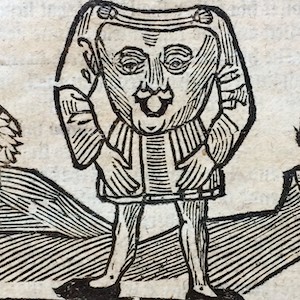
The Foreign Travels and Dangerous Voyages of Sir John Mandeville, 14th Century
This image shows a print from the 1568 version of the Voyages and travailes of Sir John Mandevile, knight. Sir John Mandeville’s Travels is believed to have been first published in the mid-14th century and rereleased many times in subsequent decades.
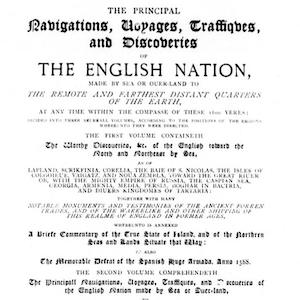
Hakluyt's The Principall Investigations
This is an image of the first page of The Principall Investigations by Richard Hakluyt. The book was originally published in 1589. This is a reprint from between 1885 and 1890. Hakluyt was born around 1552.